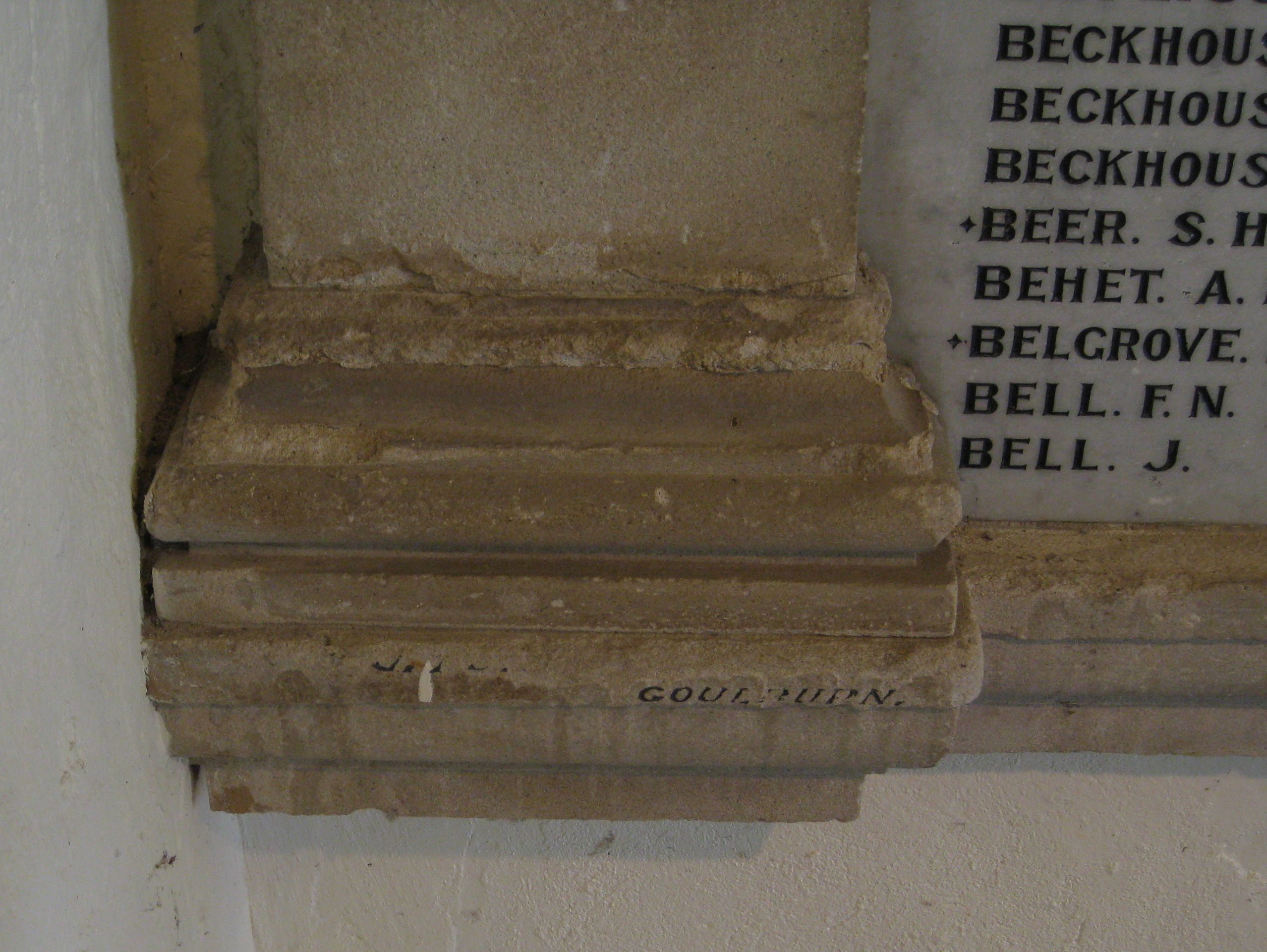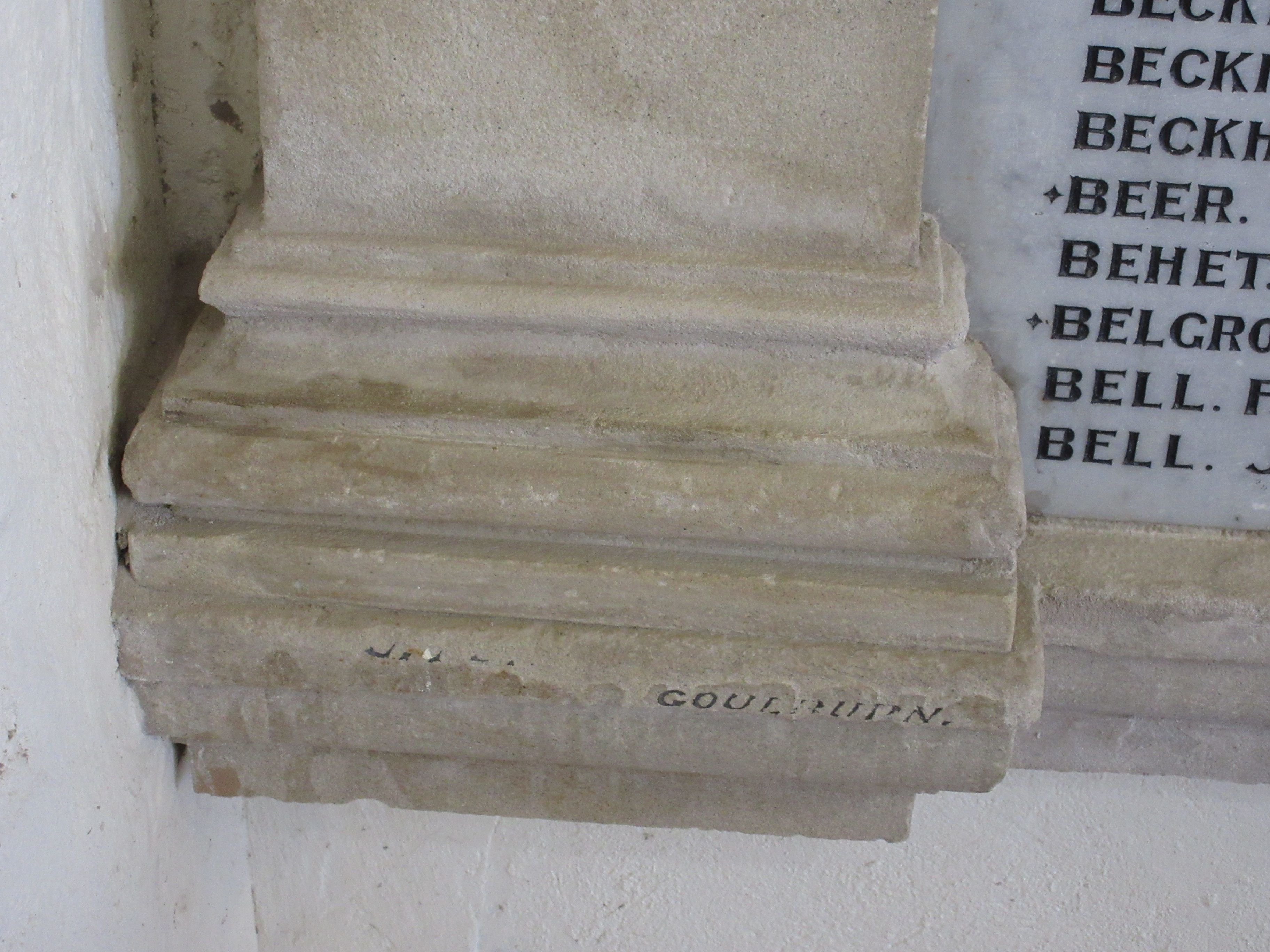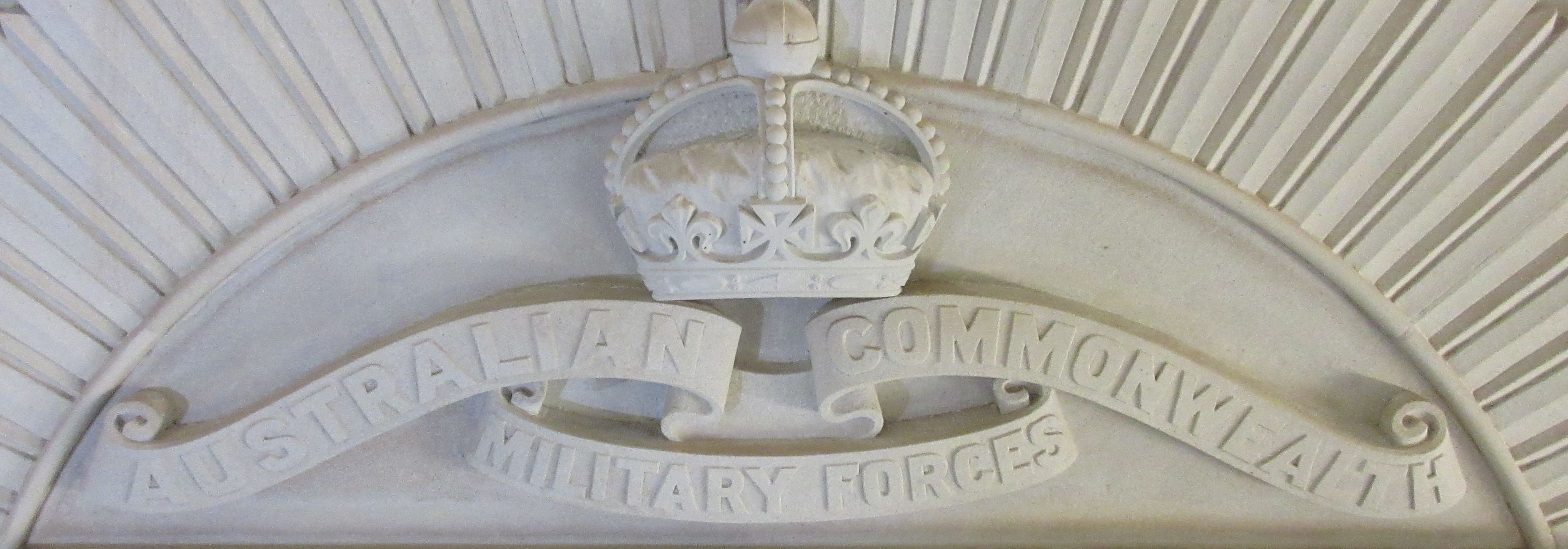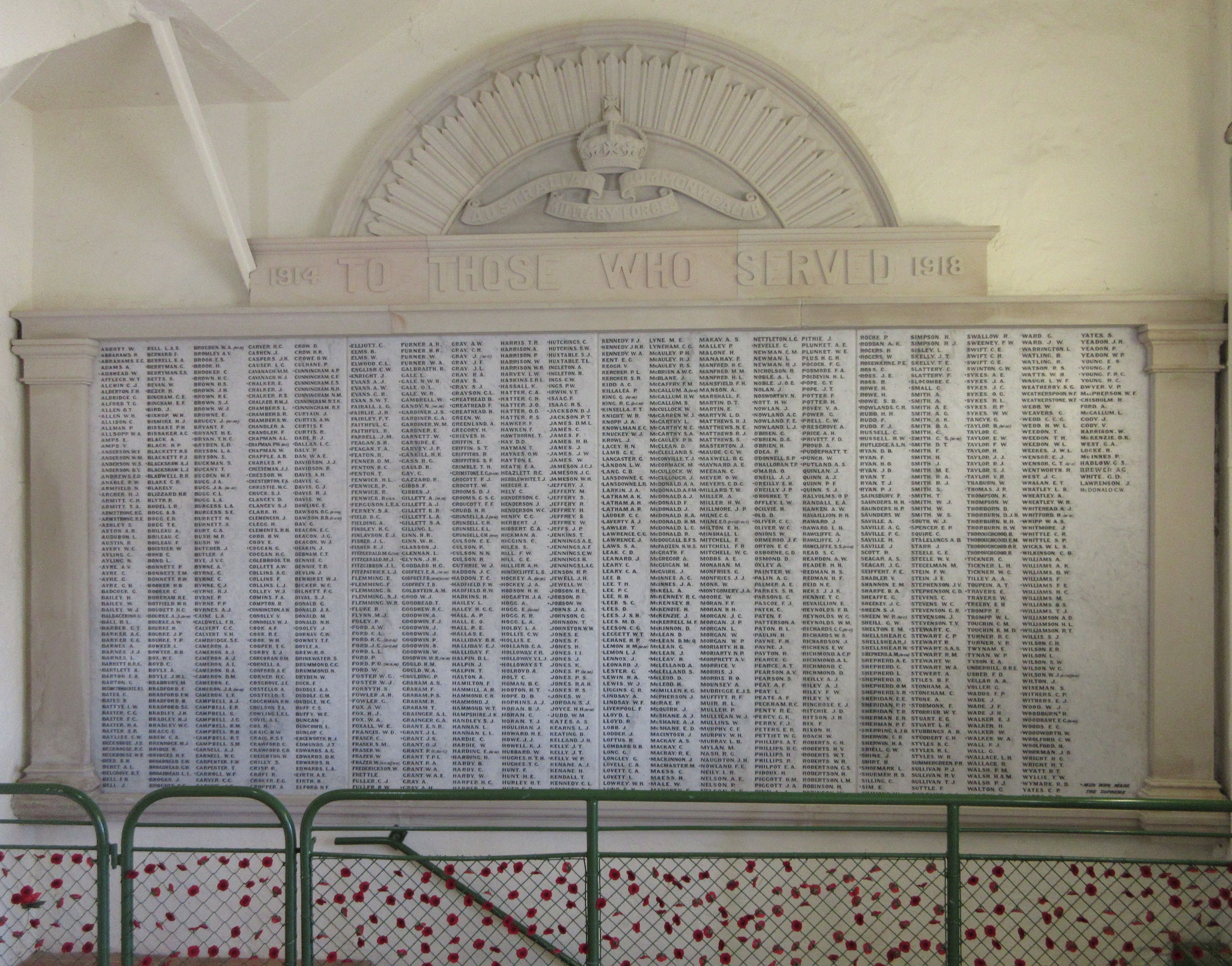Rocky Hill War Memorial Honour Roll
PROJECT DATE : 2018project
client
services
Overview
On Remembrance Day in 1926 this unique Honour Roll was first unveiled in the Rocky Hill War Memorial tower at Goulburn. Measuring a sizeable 4.8m x 3m, it is made of four Carrara marble panels with local sandstone surrounds and lists the names of 1,400 men from Goulburn and the surrounding districts who served in the First World War.
ICS was initially commissioned to provide recommendations for conservation treatment of the Honour Roll. Based on these recommendations, Goulburn Mulwaree Council was able to obtain a generous grant and donation towards the work.
The newly restored Honour Roll was unveiled by NSW Minister for Veterans Affairs, David Elliot, and Goulburn’s Deputy Mayor, Bob Kirk in time for Anzac Day 2018..
Condition
The structure of the sandstone table was in good condition, however some of the pointing had been lost.
The marble panels in the areas of the names had been previously cleaned with raw sandpaper, leaving deep scratch marks in the surface.
Previous repairs using cementitious material were found to be discolouring and crumbling.
Much of the surface was dusty and dirty with splashes of paint, bird droppings, water marks and yellow stains There was extensive dirt from hand contact above the stairway handrail.
Past water ingress had caused staining of the top of the right sandstone pilaster and crumbling of the base of the left sandstone pilaster
Treatment
- Surface cleaning of marble panels with water and melamine sponges
- Dry surface cleaning of sandstone with vacuum cleaner
- Removing crumbling cementitious material with chisel and Air Erase
- Consolidating crumbling sandstone
- Removing soiling and reducing staining on sandstone components
- Removing paint drops
- Replacing deteriorated cementitious material patches with new lime-based putty
- Infilling areas of missing pointing with lime-based putty
- Applying microcrystalline wax on marble panels
- Treating metal brackets
- Re-grouting joints between the marble panels
More information
Rocky Hill honour roll restored, The Goulburn Post, 18 April 2018
project
client
services





